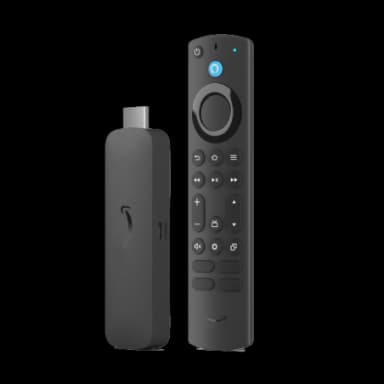Better digital signage with the Amazon Signage StickFind out More


Last Updated: 11/13/2024
Contents
- What is an Amazon Fire TV Stick, and what does it do?
- Amazon Fire TV Stick models and generations, compared
- How to pick the right Fire TV Stick
- Where to buy an Amazon Fire Stick
- How to set up an Amazon Fire Stick
- How to install and open apps on the Amazon Fire TV Stick
- Pros of using an Amazon Fire TV Stick for digital signage
- Cons of using a Fire TV Stick for digital signage
- Amazon Fire TV Stick alternatives
- Amazon Fire TV Stick FAQS

